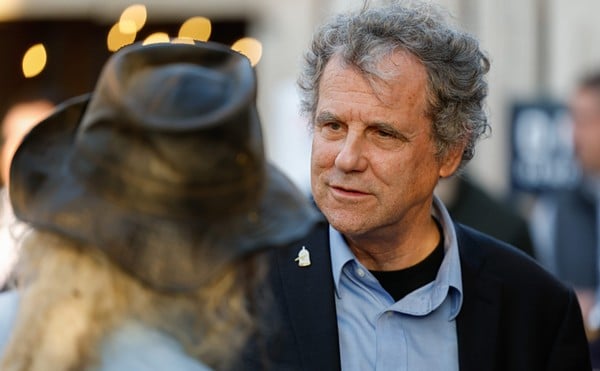J
ust 18 months after Cincinnati voters rejected Issue 9, the proposed charter amendment that likely would’ve blocked the city’s proposed $143 million streetcar system, the project’s opponents are taking another shot.
Opponents, once again led by the Coalition Opposed to Additional Spending and Taxes (COAST) and the NAACP’s local chapter, are working to put another referendum on the primary ballot that would call for a straight up-or-down vote on the project, hoping for a different result.
“The groups behind it are the same as the last time, and it’s the same issue,” says Bradley Thomas, a supporter of the streetcar project. “It’s like we’ve stepped back 18 months in time. They’re going to do whatever they can to stop it, including over-broad ballot initiatives like Issue 9 and this one.”
Cincinnati NAACP President Christopher Smitherman, one of the project’s leading opponents, defends the move. He also bristles at suggestions about his group’s motives.
“The other side keeps saying we’re anti-jobs or anti-progressive, but they just don’t understand,” Smitherman says. “We’re not against the streetcar … we’re not for it, either. We’re saying that at a time when the city’s facing a $50 million deficit, we can’t afford to do it. It’s not that complicated.”
Critics, however, note Smitherman has regularly spoken against the project in the past, and derisively refers to it as a “choo-choo train.”
The referendum likely will make it onto the primary ballot, with a 9,000-signature threshold required to get an issue included. From there, it’s anyone’s guess how it will fare. Primary elections, particularly those with few marquee races, typically draw less than a third of their November counterparts. With an expected 18,000-voter turnout in May, the new initiative could win with fewer than 10,000 “yes” votes — less than a quarter of those who voted down Issue 9 in 2009.
It’s also likely, Thomas adds, that if it fails again, opponents will keep bringing it back time and time again.
“The problem is, with the signature threshold so low, it’s easy to keep bringing it back, and it costs the city $400,000 each election,” he says. “Because of the way they’re doing it, making it a charter issue, all they have to do is win once — it’s hard to change the city charter once that’s done.”
The legality of a “no” vote would also be in question, as City Council already approved the project last summer, voting to issue local bonds to help fund it. Also, the city has accepted state and federal grants to help pay for the project. Abandoning the project would lead to further legal problems, Thomas adds.
According to Smitherman, a May vote would be his last push on the streetcar issue. But while he ponders running for council or mayor in the future, he wants answers to questions before he gives up on stopping the project.
Citing this week’s news of Bengals owner Mike Brown seeking an additional $43 million from local politicians for Paul Brown Stadium repairs and budget over-runs already popping up for the streetcar project (namely, Duke Energy’s assertion that moving utilities will cost $20 million instead of the $5 million estimated by the city), he says proponents have few real answers.
“People haven’t gone through and looked at how many people are going to have to ride the streetcar (to break even), how much they’re going to have to pay,” Smitherman says. “We haven’t gotten an answer on if the streetcar’s going to operate in the black. If it doesn’t, if it operates in the red, who’s going to pay for that?”
He’s not impressed with the projections he’s seen.
“Projections have been wrong in the past,” he says. “Council as a body — not individually — has shown it’s not the best steward of our money. I’m still waiting for someone to point to one high-profile, significant project in the city that went as planned and on-budget. From Paul Brown Stadium to the Convergys deal to streetcar, nothing has been what was promised.”
City officials reply that the convention center expansion in 2006 was on-time and within budget.
Thomas, though, says the information sought by Smitherman and streetcar opponents have been provided repeatedly, they just choose to ignore it for use as a red herring.
“All of that information is out there,” Thomas says. “We’ve got an independent study from the University of Cincinnati, we’ve got the example of other cities, but the streetcar opponents just discount everything. They ignore them, then ask the same question and put the same bad information out there.
“It’s frustrating,” he adds. “They go out there with opinions, and we respond with hard facts supported by numbers, but they just keep going fighting against a project that’s going to be a real win for Cincinnati.”





